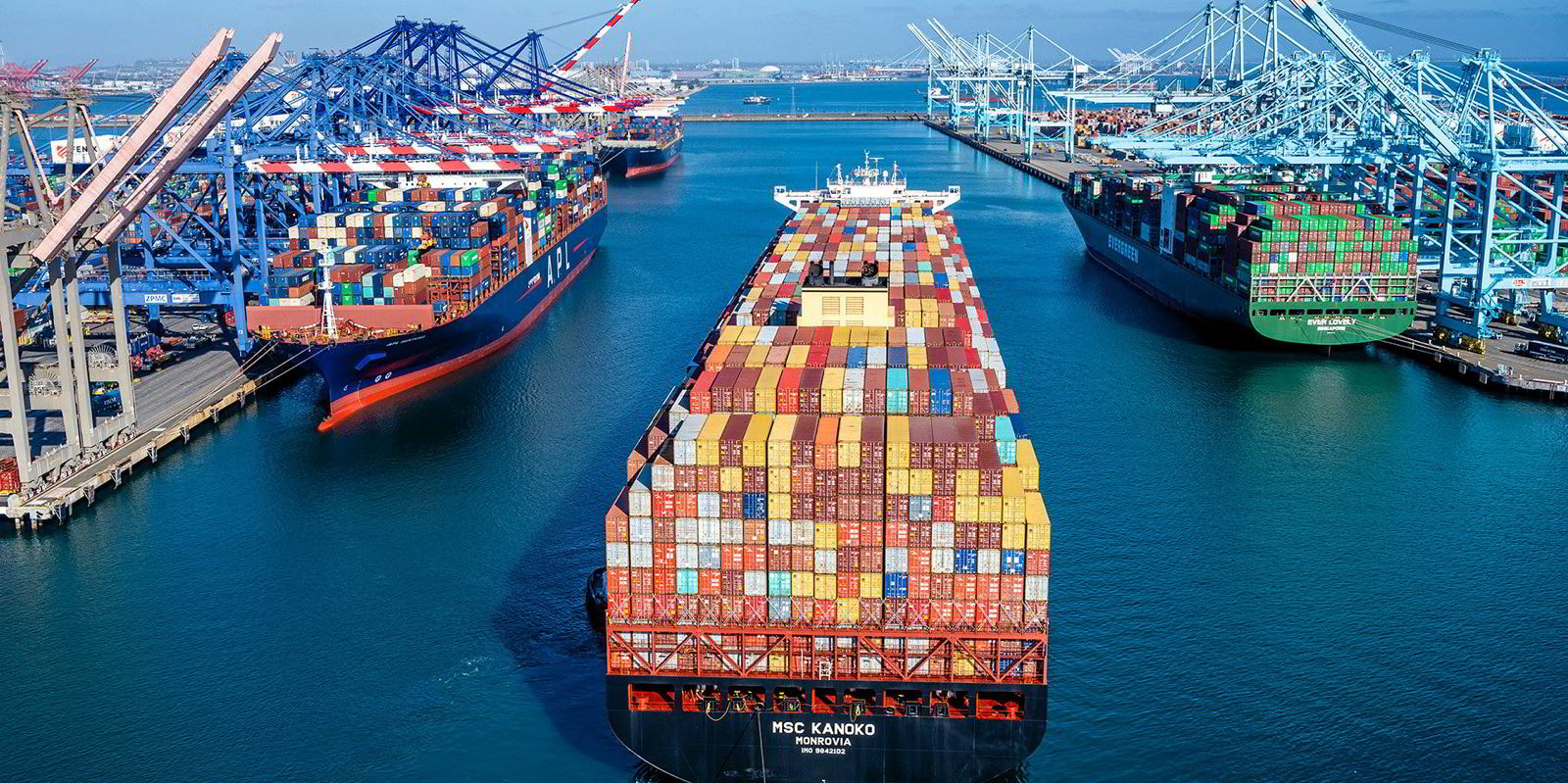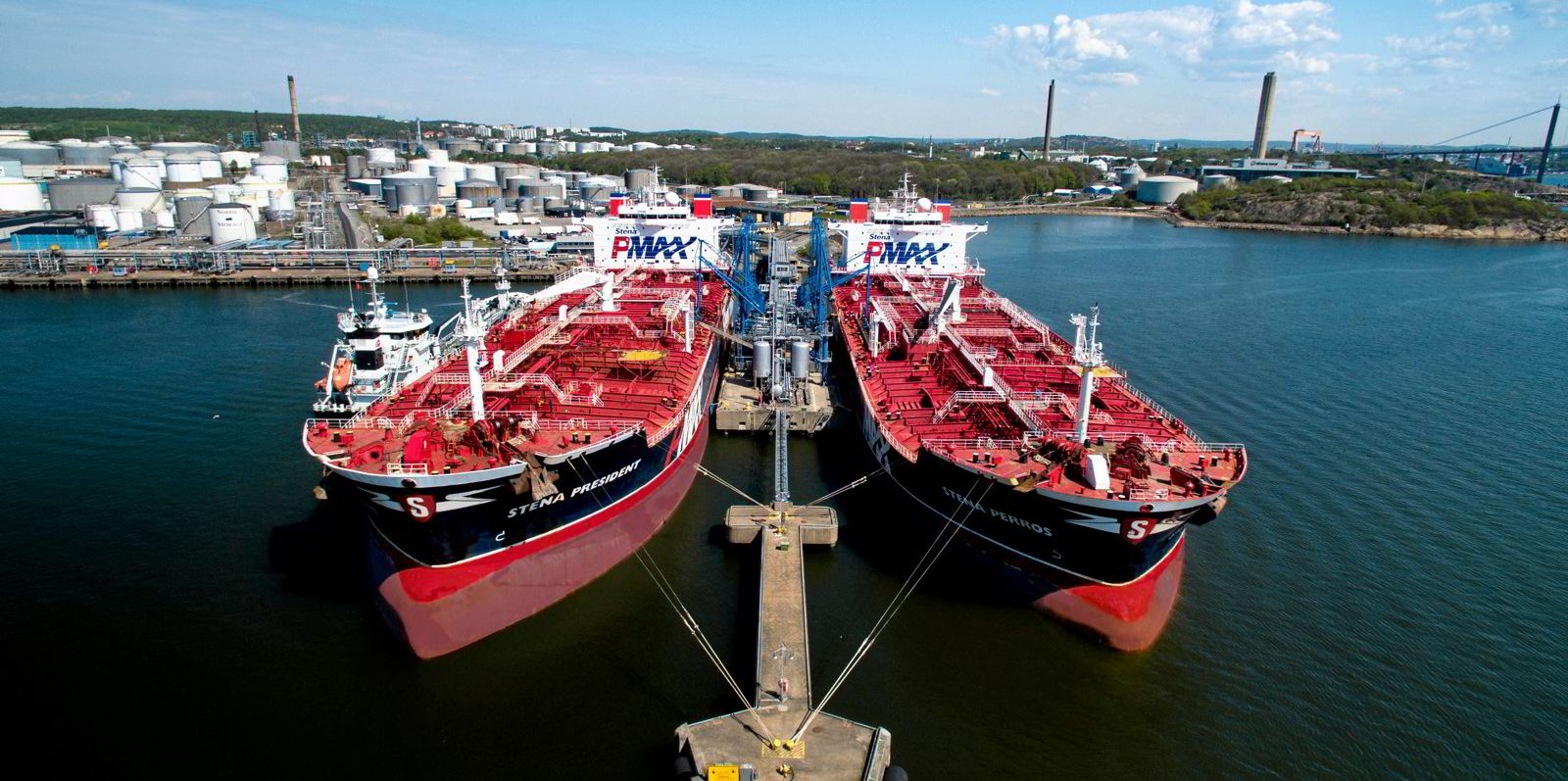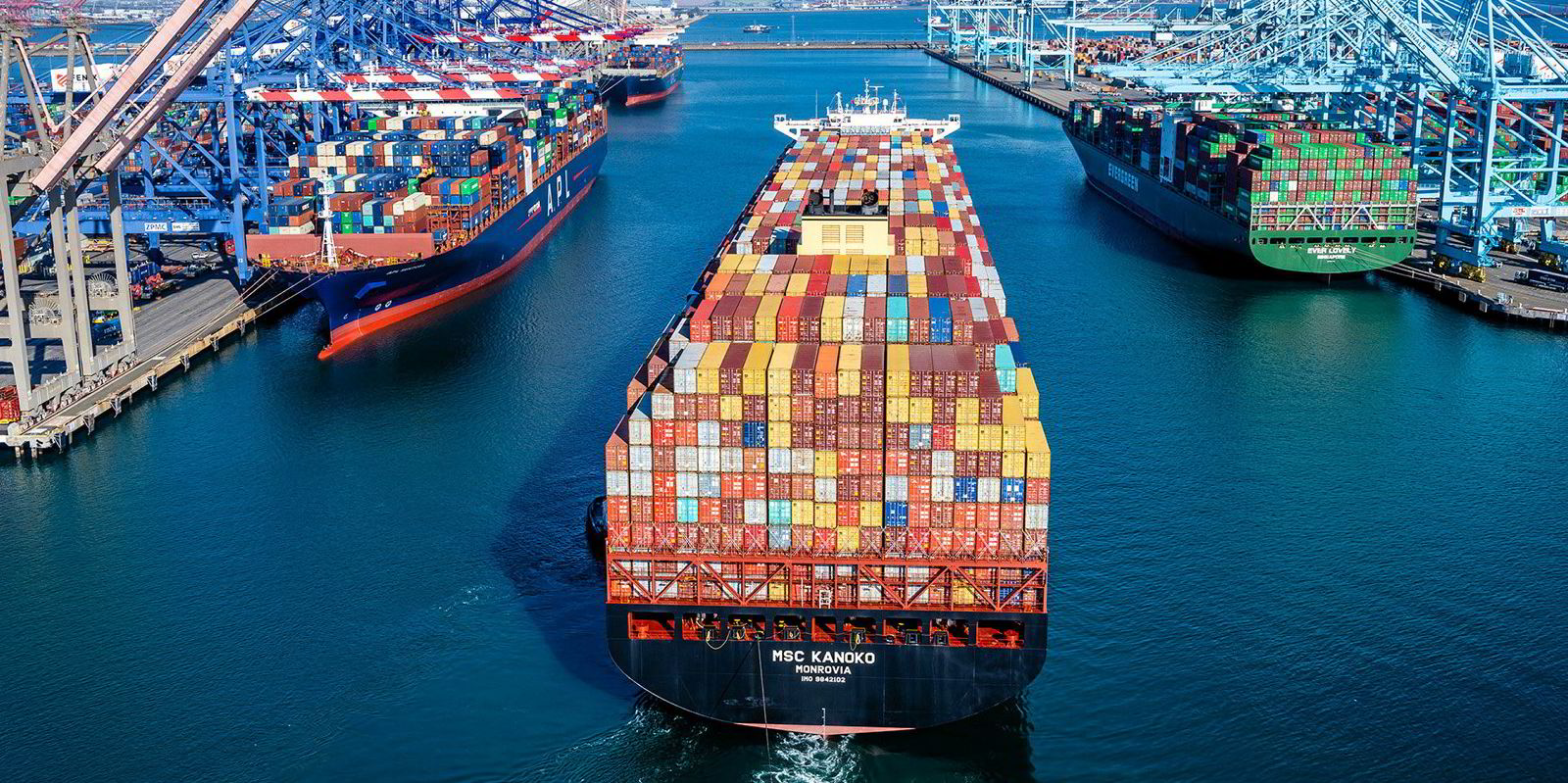Shipping loves a crisis. While it is painful to break the maxim of great British writer George Orwell "never to use a metaphor, simile or other figure of speech", there are times when needs must.
And 2021 has proved that old saying true, once again.
Not that shipping relished the Covid-19 pandemic-induced supply chain crunch. Far from it. Shipowners and trades unions collaborated in unparalleled fashion to fight the severe problems faced by some crews. Steve Cotton and Guy Platten deserve recognition for burying the hatchet.
But the rolling thunder of pandemic impacts created a year of bonanza for the container and bulk carrier sectors. Only tankers missed out as demand remained subdued and producers refused to open the pumps to push oil prices higher.
Moody’s estimates shipping’s global profits in 2022 (measured by Ebitda) will reach $57.8bn in 2021, up 118% from $26.5bn a year earlier, and $20.5bn in 2019 before the pandemic.
While freight rates for crude tankers on average have roughly halved this year to their worst in nearly three decades, dry bulk rates on average are up between two and three times, container ship charter rates are up by a factor of four, and individual box freight rates up to six times higher than in 2020.
Huge impact
The impact of the earnings surge on share prices on listed shipping companies has been no less dramatic, after a lost decade of stagnant earnings at best, and heavy losses at worst.
Across 74 shipping companies followed by Clarksons Platou, share prices are up 39% overall, with container operators leading the way up 225%. Listed dry bulk shipowners are up 116% and LNG owners up 55%.
Even tanker owners have seen their shares rise 5%, perhaps helped by the relentless but yet-to-be vindicated optimism of owners that demand will recover and the relentless boosterism of shipping's sell-side analysts.
Pandemic lockdowns caused real pain in shipping markets in 2020, when world seaborne trade fell 3.4% to 11.5bn tonne miles. Yet this year’s rebound — estimated by Clarksons Research at 3.7% to just under 12bn tonne miles — has been modest compared with the positive impact it has had.
Ongoing Covid-19 port restrictions, most notably in China, have literally tied up ships, soaked up shipping capacity and delayed cargoes. Clarksons Congestion Index hit a new high in October with 37.3% of the world container fleet waiting, compared to a pre-pandemic average of 31.4%.
Added to that has been the pandemic-rebound retail boom, especially in the US where government stimulus measures of a cash payment of up to $3,200 per person drove retail sales to record levels.
Between January and September, retail sales in the US were up 19%. No wonder US west coast ports had long queues of vessels waiting to discharge.
Windfall
While the wall of unexpected cash that hit shipping company accounts this year may have been welcome, the windfall has been put to immediate use. Many have paid down debt.
Among the most unexpected impacts has been the return — and then some — of dividend payments by listed shipping companies, for many companies the first time their shareholders have received material dividends in many years.
Out of the blue, New York's dry bulk companies have become yield stocks, after years of being (negative) value stocks after haemorrhaging capital in the last decade. Some are even talking of the benefit of being debt-free, which is a remarkable turnaround.
More widely amid the world of private shipowners, sale and purchase of secondhand ships has gone into overdrive. S&P deals are already at $44.8bn, up 80% on 2020 and are closing in on 2007’s record $46bn.
Some 2,315 ships of 143m dwt have changed hands, representing about 7% of the total world fleet, with bulk carrier prices up 59% and container ship prices three to four times higher than last year, says Clarksons Research.
Over the last year, the value of the world fleet has grown by 37% from $951bn to about $1.30trn.
Newbuildings have also surged with 1,561 ships contracted this year, effectively double last year’s rate of ordering, with now just under 10% of the current fleet on order. Within those figures lies another trend with now about 35% of the orderbook capable of using alternative fuels or propulsion, the majority of which will be able to use LNG.
If and when the pandemic congestion abates, what then? Moody's sees demand for goods and commodities remaining high, although growth rates have likely peaked.
Dry bulk looks well placed with an orderbook of only 6.8% of the current fleet, while the ordering frenzy of the last year in the container sector will present challenges in 2023 and 2024, the rating agency says. As for tankers, rates may have hit the bottom, but fleet growth may hold back freight rates.
But let us not wish for another crisis to aid the tanker business. That is playing with fire.







